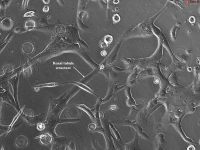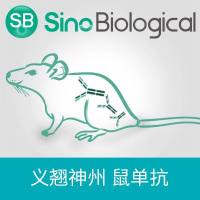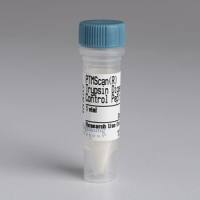Using Fluorescence-Activated Flow Cytometry to Determine Reactive Oxygen Species Formation and Membrane Lipid Peroxidation in Viable Boar Spermatozoa
互联网
526
Fluorescence-activated flow cytometry analyses were developed for determination of reactive oxygen species (ROS) formation and membrane lipid peroxidation in live spermatozoa loaded with, respectively, hydroethidine (HE) or the lipophilic probe 4,4-difluoro-5-(4-phenyl-1,3-butadienyl)-4-bora-3a,4a-diaza-s-indacene-3-undecanoic acid, C11 BODIPY581/591 (BODIPY). ROS was detected by red fluorescence emission from oxidization of HE and membrane lipid peroxidation was detected by green fluorescence emission from oxidation of BODIPY in individual live sperm. Of the reactive oxygen species generators tested, BODIPY oxidation was specific for FeSo4/ascorbate (FeAc), because menadione and H2 O2 had little or no effect. The oxidization of hydroethidine to ethidium was specific for menadione and H2 O2 ; FeAc had no effect. The incidence of basal or spontaneous ROS formation and membrane lipid peroxidation were low in boar sperm (<1% of live sperm) in fresh semen or after low temperature storage; however the sperm were quite susceptible to treatment-induced ROS formation and membrane lipid peroxidation.









